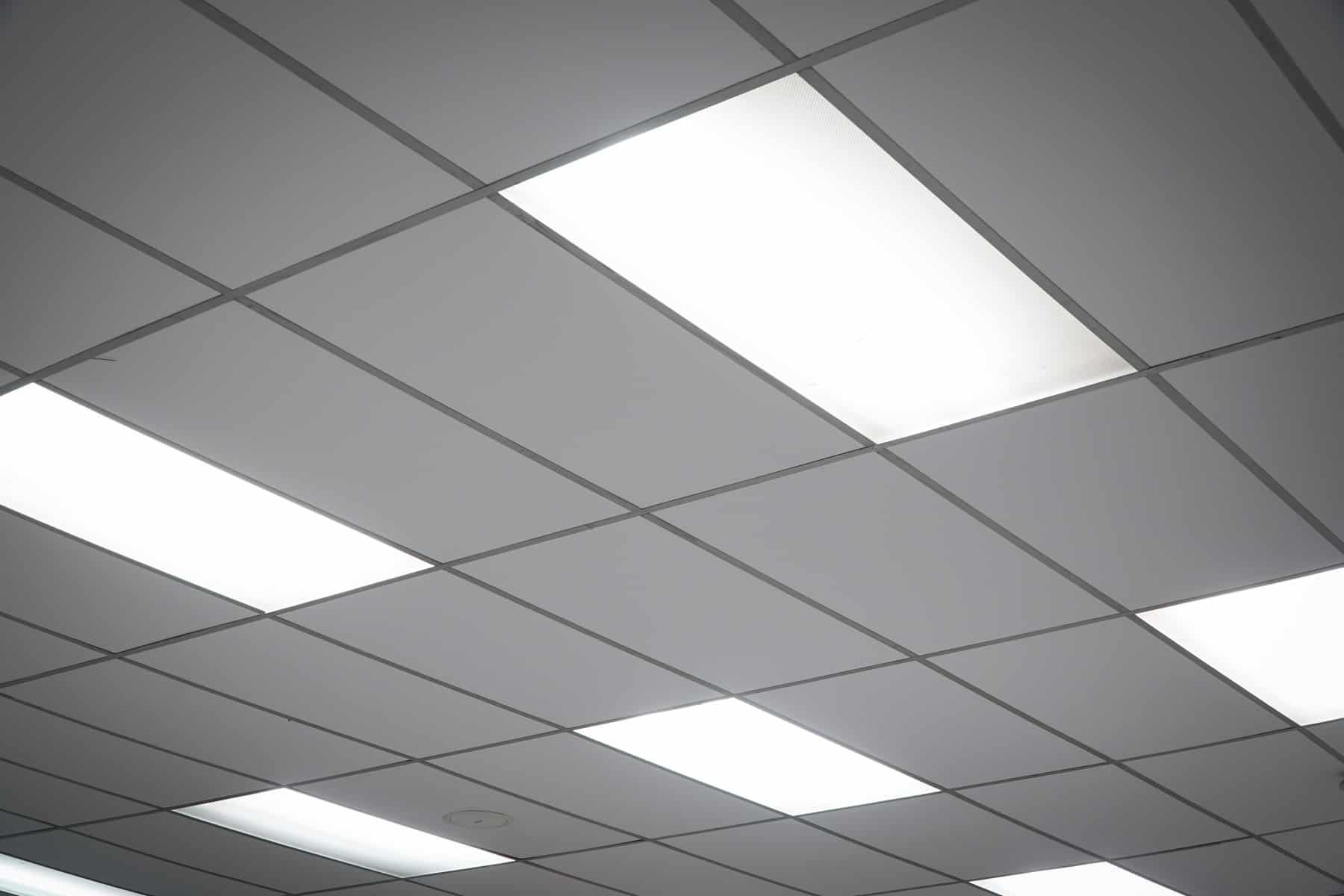Flicker Effect with LED Lights
Published September 2019
Thought the days of flickering lights were over?
As lighting sources have evolved from fluorescent lighting systems to the highly efficient LED lighting systems, many thought the days of light flickering were over, but that’s not the case. Although LED lights have less flickering than fluorescent lighting systems, there are so many different LED tubes that the flickering problem can still occur. The most common is the Type B LED tube, which is most susceptible to flicker.
The problem with flickers goes beyond just being annoying to the individuals that are present in that environment that is lit. Those individuals are exposed to possible health concerns, such as dizziness, eyestrain, headaches, and more. Flickering has always been a problem in lighting sources and is continuing to be resolved.
What makes a LED light source flicker?
Rapid voltage variations that occur, or a “ripple” in the current produce a ripple in the lighting output – causing a flicker within the lighting system. The component that causes the flicker in the light is the driver within the lamp. The LED driver is designed to rely on a simple circuit to control the output current. A low-quality driver will more than likely cause a flicker, whereas a high-quality driver may have a minimal flicker effect in the LED product.

How do you fix the flickering issues?
Over the years the flickering issue has attempted to be resolved in many ways, but today it can be fixed by using constant current drivers. These drivers remove peaks in the sine wave, eliminating the flicker. Ultimately, if the LED lighting manufacturers are making the bulb correctly there shouldn’t be any issues with flickering.
If you are experiencing issues with flickering, you can purchase a hand-held flicker meter to detect the problem or contact our experts today and they will be more than happy to assist you.

